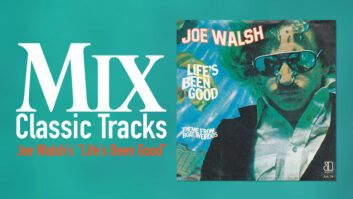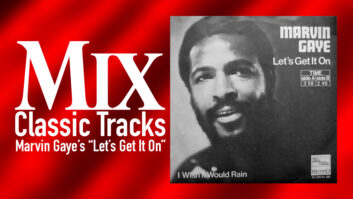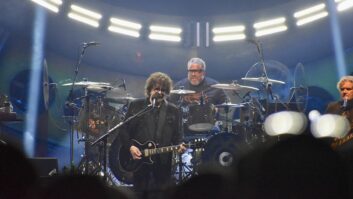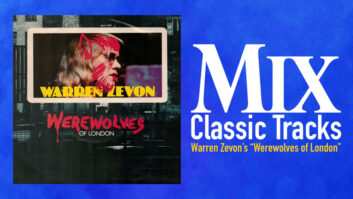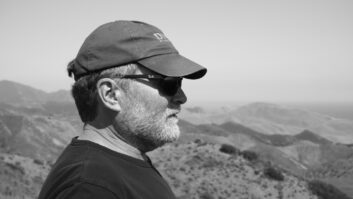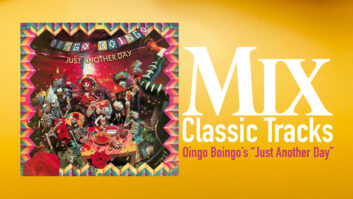One of two Yamaha NUAGE Advanced Production DAW Systems installed in Rensselaer Polytechnic Institute’s EMPAC studios. TROY, NY—Founded in 1824, Rensselaer Polytechnic Institute (RPI) is the nation’s oldest technological research University. The private research University recently installed two Yamaha NUAGE Advanced Production DAW Systems provided by Parsons Audio LLC (Wellesley, MA).

The NUAGE systems are available to external clients, though used primarily by RPI staff and students. “We read a lot of press on the NUAGE System while researching alternatives to our recording and mix system,” states Todd Vos, audio systems lead, The Curtis R. Priem Experimental Media and Performing Arts Center (EMPAC) at RPI. “Once we determined NUAGE might be the way to go, we were given two really great demos by Parsons Audio, which closed the deal.”
Both Vos and fellow engineers Jeff Svatek and Steve Mclaughlin determined NUAGE had a tight DAW-to-control surface integration. “We were attracted to the programming flexibility of VST architecture, and were basically sick of the Digidesign workflow, exclusionary software/hardware model, master section functionality (or lack thereof), and sonic shortcomings, Vos says. It all came down to timing; we were ready to move on shortly after the NUAGE System had been released, it was garnering decent feedback from users, so we pursued it.
“NUAGE presents Nuendo to the operating engineer in a manner reminiscent of a traditional audio console,” Vos continued. “The line between controller and DAW is really blurred, this layout was incredibly attractive to us and the price point was amazing. But the biggest upside of our decision to move recording and mixing operations onto the NUAGE/Nuendo platform was the bump in fidelity. The edge of our Lawo network has these fabulous Lawo mic pres; sadly, the sonic bottleneck of the system was Pro Tools. Now that we are running Nuendo with NUAGE, I am hard-pressed to identify where things are being mutilated (negatively speaking); it was immediately apparent to us, Nuendo is just a significantly better-sounding DAW.”
The first EMPAC NUAGE System is 32-faders plus a Master section with a JL Cooper Panner. The second NUAGE System has a 16 fader unit, master section, also with a JL Cooper Panner. Both systems are connected to a large Lawo Nova 73 MADI network via PC-based DAWs running either 96 or 192 channel RME MADI cards with two UAD QUAD accelerators, SSD record drives and a Black Magic SDI link to the facility’s Harris router for post work.
While the two NUAGE Systems are used both internal and external to campus in support of all EMPAC productions, including video shoots, music production, film post, event documentation, media research, archival and restoration, Vos revealed that “a music engineering curriculum will start next fall at RPI that I imagine will be using the NUAGE production spaces as well.”
Good news started rolling in over holiday break as music magazines, radio stations, blogs, and awards organizations selected a number of albums produced at EMPAC for ‘year-end’ lists. Ben Frost’s AURORA, Vicky Chow and Tristan Perich’s Surface Image, David Brynjar Franzson’s The Negotiation of Context, and Michael Gordon’s Rushes were all commissioned by EMPAC, developed through the artist-in-residence program, and recorded either in full or in part at EMPAC. The highest honor was given to Frost, whose record was chosen as the No. 1 avant-garde album of the year by Rolling Stone.
Rensselaer Polytechnic Institute
rpi.edu Yamaha Commercial Audio Systems
